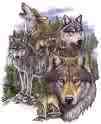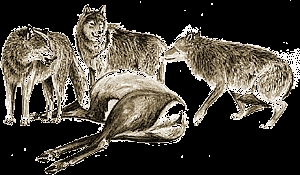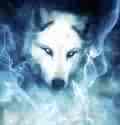
Blue wolf
There are two species of 늑대 in North America. The smaller species is the red wolf, Canis rufus, which has shorter, redder 모피 than the gray wolf. The gray wolf, Canis lupus, has thicker 모피 which is 더 많이 gray 또는 golden, and is larger than the red wolf. The gray 늑대 lives in the northeastern United States, Canada, and Europe. The red 늑대 lives in the southeastern United States.
There are many subspecies of the gray wolf, such as the arctic wolf, a white subspecies which lives in Alaska and northern Canada, and the Mexican wolf, a smaller subspecies which has been recently reintroduced in parts of the southwestern United States.
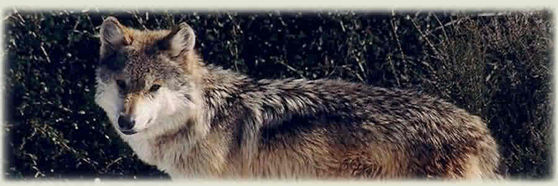
Grey wolf
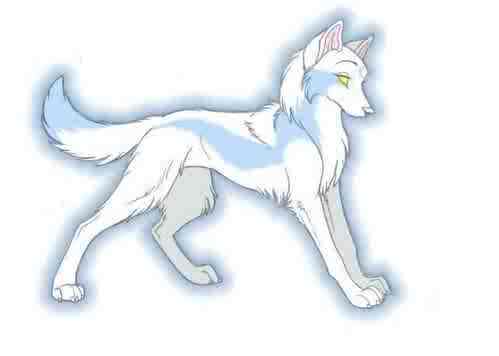
white wolf



